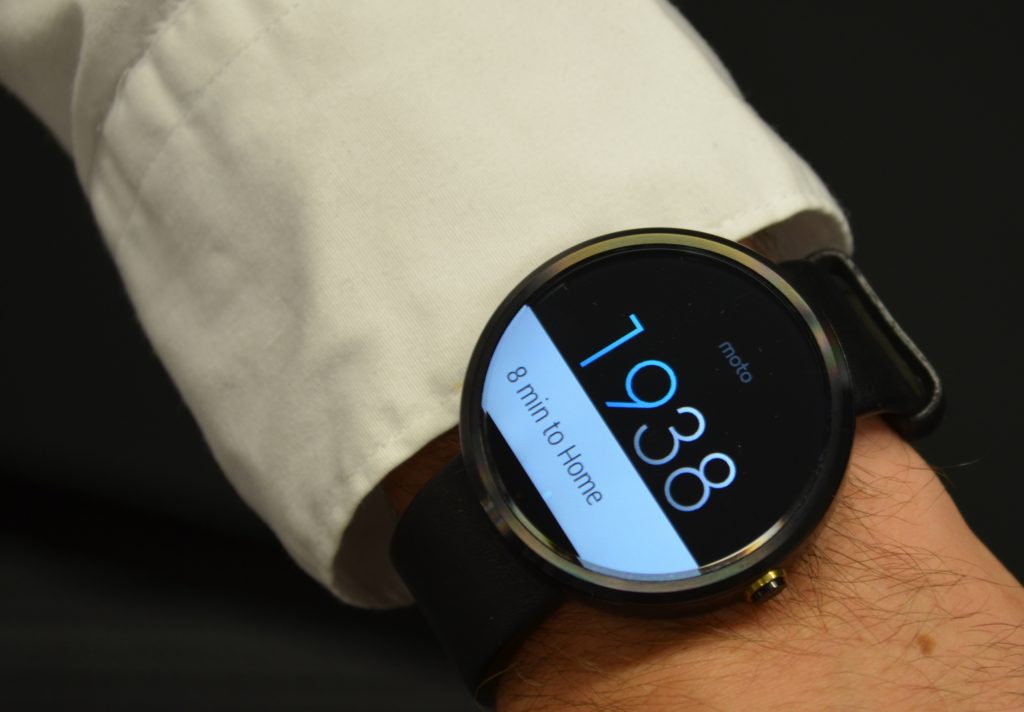
Apple has been holding its WWDC developer’s conference this week. On Monday, during the keynote, they announced the new iOS, macOS, tvOS, and watchOS operating systems. They also announced new iMacs, iPad Pros, Macbook Pros, and an all new HomePod which is a speaker designed to fill a room with music and act as an easy interface to Siri. It didn't stop there, though. Here's what else is new.
Read More
Beginning May 17th and spanning a handful of days, Google had its annual developer conference. Google announced what they've been working on since the last I/O conference, and wow, have they been busy! The central theme of the conference was mostly centered around artificial intelligence. If I only had a dollar for each time the words "machine learning" were said...
Read More
This guide will walk you through how to setup Fastlane, with special focus on the 'Match' tool which automates the handling of code-signing for iOS apps.
Read More
Last year I wrote a series of blogs concerning the Internet of Things(IoT). In that series I layed out what the IoT is and some ideas for what IoT may become. As incredible and impactful as the IoT is there is something holding it back even today- power! More specifically, I’m talking the ability to take electrical power with you, aka the battery. Crazy, no? The battery is a common enough and relatively simple device. How on earth could this be holding technology back? The problem lies with the fact that batteries are old technology. The lithium-ion battery(LIB) is the type of battery that powers most mobile devices today. For those of us who have used a smartphone or smart wearable we know all too well the troubles of ‘low battery’. LIBs were invented in the 1970’s- that’s almost 50 years ago! It may not seem like a long time, but when you consider the rapid pace at which technology changes today, it’s ages ago. According to Moore’s law, integrated circuitry will double in performance every 18 months, and that has held reasonably true since he postulated it in the 1960’s. Batteries have improved in that time but they simply have not kept pace. Another area of technology that demonstrates this fact is the electric car industry. All but a few of the best fully electric cars struggle to range above 200 miles. There are a few that break this rule but the two that really stick out, with ranges at or above 300 miles are both made by Tesla. Of course, getting this kind of range out of an electric car comes with a high price tag. The X starts at $85,500 and goes up from there. The S, with the longest range, starts at $68,000. These cars are loaded with premium options but one of the biggest costs is giving it a longer range. That requires upgrading the battery package on the vehicle which significantly increases the price. In software development, as in the development of all technology, there are always constraints. Memory, storage, processing power, and many other factors must be considered when designing and implementing any software solution. When it comes to development for software that runs on a mobile device, power consumption is always a very real concern. In technology there are few areas that have to consider power consumption more than the IoT and embedded systems. At this level, the quality and efficiency of the code makes a difference in every milliwatt used. At Metova we pride ourself on providing the best software solutions to our customers. This includes understanding the constraints of the platforms our software will be executed on.
Read More
Chrome’s rising popularity as the world’s pre-eminent web browser makes it a great time for developers to write Chrome extensions. According to NetMarketShare.com, Chrome makes up over 58% of the desktop browsing market right now. Luckily, Google makes it easy to publish Chrome extensions, plus you get to use technologies that you already know. Chrome extensions are bundles of HTML, CSS, and Javascript files that add some functionality to Chrome. Some examples are Pocket for keeping track of articles you want to read and Reddit Enhancement Suite which adds infinite scroll and other goodies to Reddit.com. Chrome extensions are also great for businesses that already have an API to leverage, because extensions can serve as another platform for users to find your app and are always visible in the browser toolbar (the Evernote Web Clipper for keeping track of things you see on the web is one example). Another example of where you might use a Chrome Extension is to help you automate tasks that you find yourself doing all the time. At Metova, developers use Jenkins, a continuous integration tool that runs a project’s full test suite each time code is committed before deploying an application. If a build fails and your project is configured with Junit, Jenkins will save the names and stack traces of the failed tests. That information is not always easy to access if you’re trying to compare the results of multiple failed builds, so I made an extension called Evil Jenkins to help developers do just that.
Read More
Audio manipulation in iOS can be very daunting. The documentation for low...
Read More
rbenv vs. RVM
Choosing a Ruby version management tool often comes down to two players: rbenv and RVM. The latter was widely accepted as the norm, greatly due to its wide toolkit. However, rbenv has become a strong contender with its lightweight approach. Read More
Android fans are excited about Google’s release of Android Wear 2.0 and...
Read More
As an iOS mobile developer, you may think you don't need to manage Ruby versions in your project. Many iOS projects use CocoaPods which is a Ruby gem. Some projects may even use other Ruby gems such as fastlane for automating your deployment pipeline, or slather for reporting code coverage results. Here at Metova, we use bundler to manage our gem versions, but it's also important to manage your Ruby version as well. Sometimes some of the gems used for your project may have known bugs with specific Ruby versions that haven't been fixed yet or they only support specific Ruby versions. When you manage your Ruby version, you can take more control over your environment. By doing this, you'll know that if everything works on your machine, it will work on other machines too. Specifically:
Read More

